|
5/17/2013 Women in Rural Bangladesh Find Fair and Sustainable Employment Through CORR - The Jute WorksRead NowThis post is part of my series about the artisans whose work you'll find in The Mennonite Central Committee's Ten Thousand Villages shops. You can read my original post introducing the series here. Today, let me tell you about CORR - The Jute Works from Bangladesh. If you type "Bangladesh" into Google news search right now, most of the stories that come up are about the April 24th collapse of a building that housed several garment factories in a suburb of Dhaka, the capital. Over 1,100 people died in the accident. This tragedy occurred only five months after a fire in another Bangladesh garment factory killed 112 workers. Any catastrophe that involves losses of life and injuries is a tragedy: what's unspeakably awful about these tragedies is that they wouldn't have occurred if the international clothing brands who operate the factories would have properly maintained the facilities. 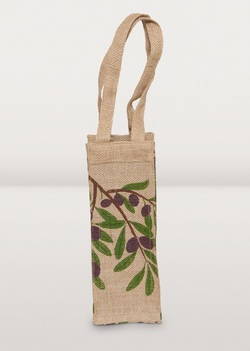 Jute Bag Made in Bangladesh by a CBJ artisan Jute Bag Made in Bangladesh by a CBJ artisan Of the limited amount of information I know about the economics of the clothing industry, I have heard the argument that improving the wages and conditions for workers in factories like these tragedy-stricken ones in Bangladesh, would upset local economies where the factories exist. I've always suspected that this is an over-simplification (and at worst, a cop-out), and my recent discovery of CORR artisans at Ten Thousand Villages proves my suspicions aren't too far off. CORR - The Jute Works (CJW) describes itself as a women's non-profit handicraft marketing and exporting trust. It was founded to help impoverished rural women in Bangladesh find means to earn a living using local materials they can easily access, like grass, bamboo and clay. Partnering with CJW means women don't have to leave their families to earn income: they can work from home and still raise their children and be part of their communities. 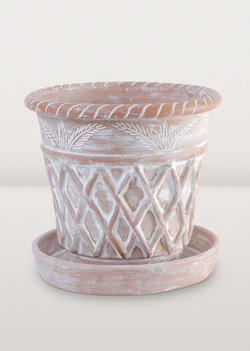 terra cotta garden planter by CBJ artisan terra cotta garden planter by CBJ artisan The artisans are organized into self-governed cooperative groups, and CJW's Education Team provides assistance as needed. Currently, CJW has 220 cooperative groups representing over 4,800 female and 160 male artisans across Bangladesh. That's a lot of people. The artisans make everything from clay and terracotta pottery to jute bags and baskets to handmade paper. CJW looks after exporting the products and also provides funding and support for further education and business ventures for the artisans. This is great news about Bangladesh, and I wish it was a top story. It's hard to be an informed and responsible consumer. Labels don't tell us much, and it's hard to know which corporate responsibility statements to believe. One sure way to buy responsibly is to purchase from organizations such as CJW, who try to nourish sustainable and just employment in their corners of the world. It might seem like a drop in the bucket, but it's something. * all photos courtesy Ten Thousand Villages - click on the images to purchase directly
0 Comments
This is the view right now from my studio window. It doesn't get much better than this.
Spring is finally here! . . . at least, where I live in southern Ontario (Zone 6a). At this time of year, as excited as I am to get going on gardening, I always forget what I should be doing in the garden: what needs to be pruned when, what should be fertilized, what can be moved and what can't, etc. This year, I'm writing things down in a new garden journal I got from my excellent-gift-giving husband, Dan. (For Christmas and my birthday - both in the dead of winter - he often gets me gardening stuff, which is always a treat.) So I thought I'd share a few of the spring gardening tips I've collected in various places and written down:
|
Details
Jane Hogeterp Koopman
Subscribe to Jane's Blog by RSS or email:
Categories
All
Archives
January 2018
Stuff I love:
|
Proudly powered by Weebly

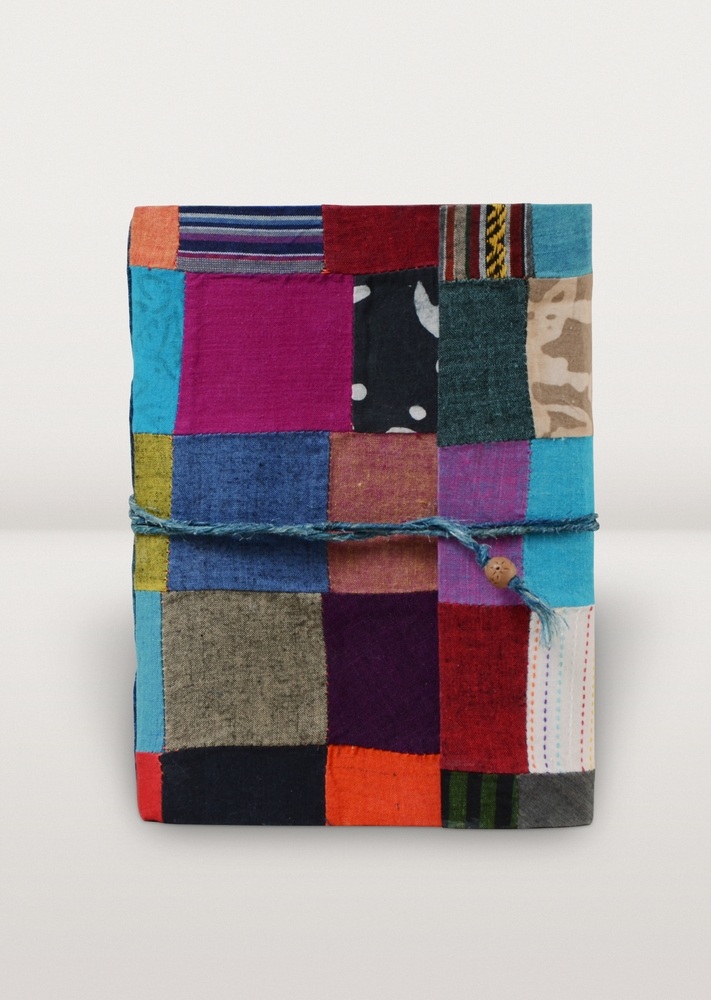
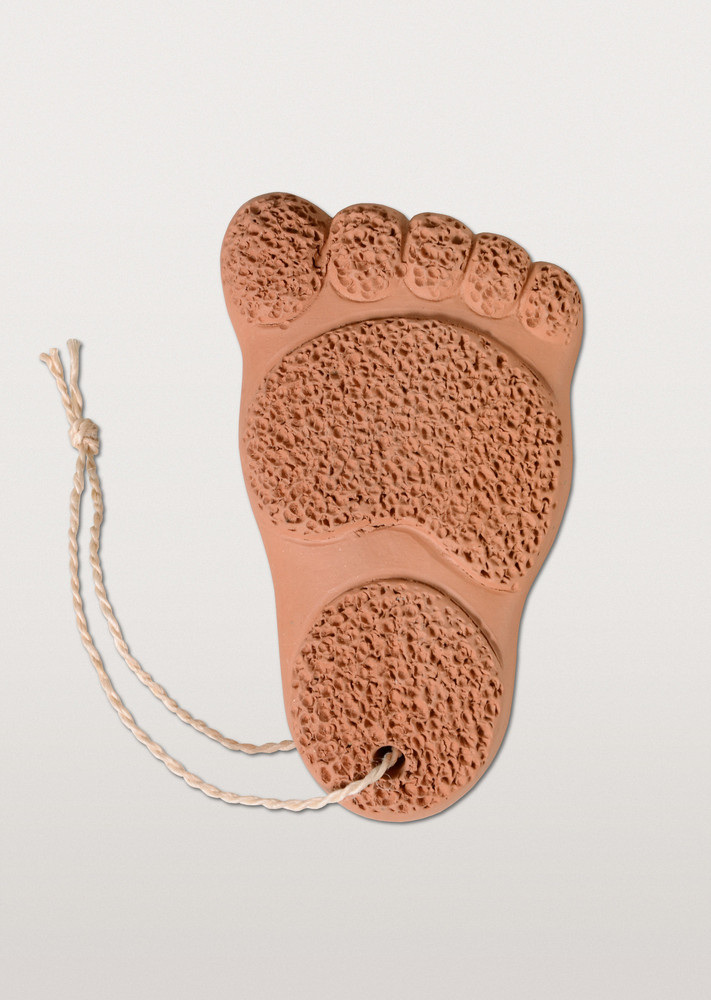
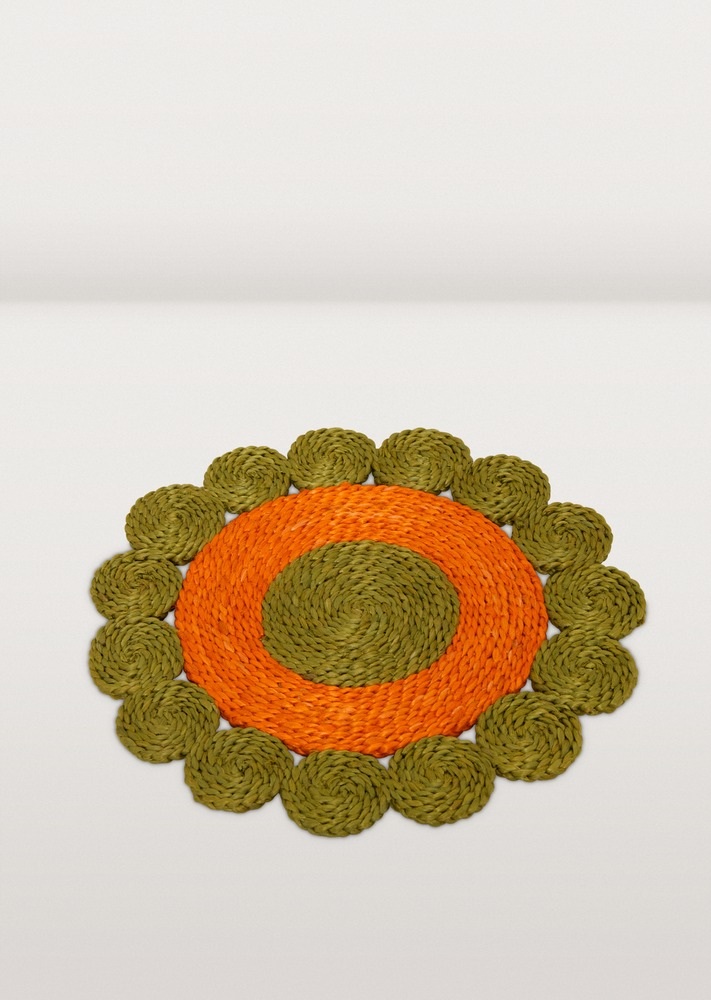
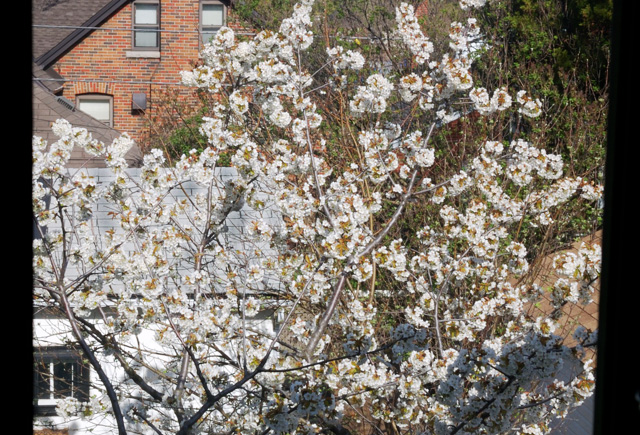
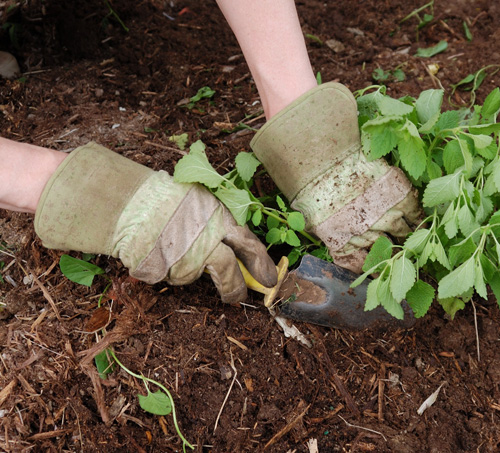
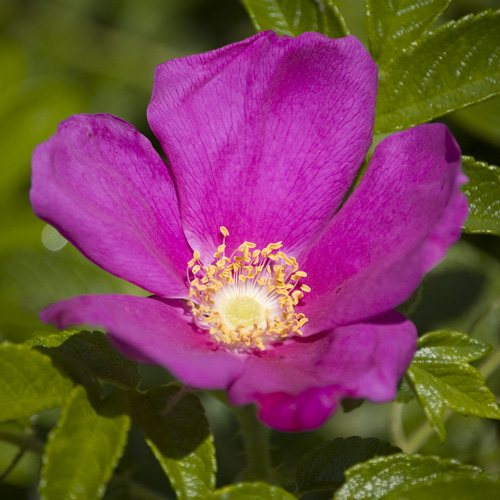
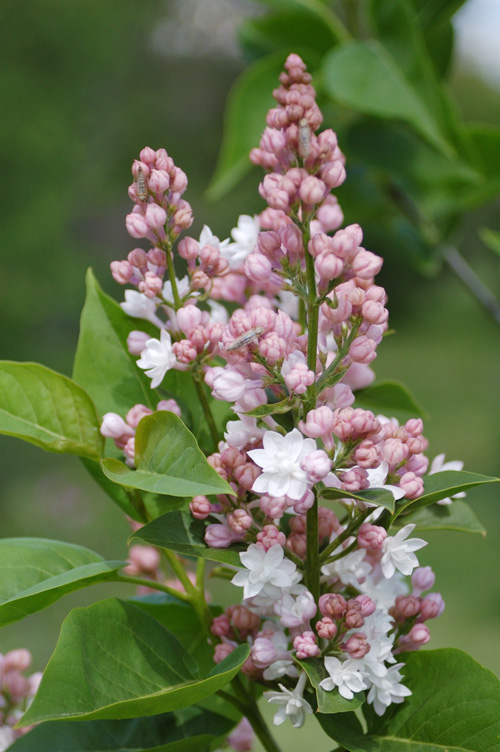
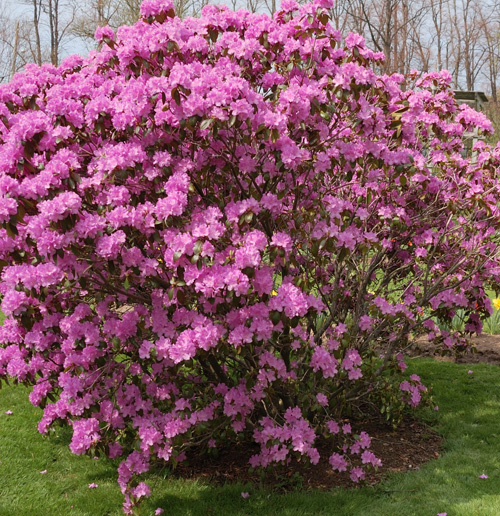

 RSS Feed
RSS Feed